Dicuspiditermes is another genus that has been classified under the Termes group of the taxon subfamily of Termitinae. Dicuspiditermes, Kemneritermes and Pericapritermes looks fairly similar. Of the Dicuspiditermes termites the species Dicuspiditermes nemorosus is the most commonly found. From morphological appearance Dicuspiditermes sits between Procapritermes and Pericapritermes.
Dicuspiditermes nemorosus are characterized by at least three distinct nest structures that are peculiar to each of these ethos type. Aside from the differences in the nest structure there are also characteristic differences in the sizes of each nest structure type. Of these, two ethos types have a single protruding nest structure with slight differences in the structure shape while a third ethos type is typified by several protruding nest all connected at the based (and commonly at the base of a tree but not always) which typically (of all three ethos type) is a semi circular inverse dome starting from the ground surface and extending into a somewhat circular dome shape below.
Dicuspiditermes nemorosus are characterized by at least three distinct nest structures that are peculiar to each of these ethos type. Aside from the differences in the nest structure there are also characteristic differences in the sizes of each nest structure type. Of these, two ethos types have a single protruding nest structure with slight differences in the structure shape while a third ethos type is typified by several protruding nest all connected at the based (and commonly at the base of a tree but not always) which typically (of all three ethos type) is a semi circular inverse dome starting from the ground surface and extending into a somewhat circular dome shape below.
Soldiers of Dicuspiditermes nemorosus.
Soldier of Dicuspiditermes nemorosus.
Soldier of Dicuspiditermes nemorosus.
Soldier of Dicuspiditermes nemorosus.
Soldiers of Dicuspiditermes nemorosus.
Soldier of Dicuspiditermes nemorosus
Soldier of Dicuspiditermes nemorosus
Soldier of Dicuspiditermes nemorosus.
Soldiers of Dicuspiditermes nemorosus.
A worker and soldier of Dicuspiditermes nemorosus termite.
Soldiers and a worker of Dicuspiditermes nemorosus termite.
A worker and soldier of Dicuspiditermes nemorosus termite.
A Dicuspiditermes nemorosus worker termite.
Soldier of Dicuspiditermes nemorosus.
Soldiers of Dicuspiditermes nemorosus.
Soldier of Dicuspiditermes nemorosus
Soldier of Dicuspiditermes nemorosus
Soldier of Dicuspiditermes nemorosus
Soldier of Dicuspiditermes nemorosus.
Soldiers of Dicuspiditermes nemorosus.
A worker and soldier of Dicuspiditermes nemorosus termite.
Soldiers and a worker of Dicuspiditermes nemorosus termite.
A worker and soldier of Dicuspiditermes nemorosus termite.
A Dicuspiditermes nemorosus worker termite.
Workers, nymphs and a soldier of Dicuspiditermes nemorosus termite.
Dicuspiditermes nemorosus termite imago.
Nymph or larva of reproductive of Dicuspiditermes termite.
Pre-adult soldier larva of Dicuspiditermes termite. The final instar larva of a soldier of Dicuspiditermes termite.
The protruding nest of Dicuspiditermes nemorosus. The main part of the nest is actually at the base and below the ground spreading out beneath as a half dome about four times the diameter of the above ground protusion.
Nest of Dicuspiditermes nemorosus.
Nest of Dicuspiditermes nemorosus cut to show internal chambers.
Nest of Dicuspiditermes nemorosus cross section to show internal chambers.
Soldier and worker of Discuspiditermes nemorosus.
Soldier of Dicuspiditermes nemorosus termite.
Dicuspiditermes nemorosus ssp2.
This possibly sub species of Dicuspiditermes nemorosus has a different nest structure with multiple towers. Both species are found in the same forest area. In this species (as also in those of the third ethos type) the head capsule of the soldiers shows a slight widening at the anterior (front) end.
Worker and soldier of Dicuspiditermes nemorosus.
Workers and soldier of the termites species Dicuspiditermes nemorosus.
Soldiers and workers of Dicuspiditermes nemorosus termite.
Soldier of Dicuspiditermes nemorosus.
Soldier of Dicuspiditermes nemorosus.
Nest of termite Dicuspiditermes nemorosus.
Nest of Dicsupiditermes nemorosus.
Nest of Dicsupiditermes nemorosus.
Nest of Dicuspiditermes nemorosus.
Dicuspiditermes nemorosus' nest.
Nest of Dicuspiditermes nemorosus.
Dicuspiditermes nemorosus ssp3.
Workers and soldiers of Dicuspidtermes nemorosus ssp3.
Worker and soldier of Dicuspidtermes nemorosus ssp3. This species is the smallest with the soldiers just over 5 millimeters (typical size) while the other two ethos type has soldiers at around 6 millimeters (typical size).
Nest of this third ethos type are typically smaller with a narrow stalk like lower portion. The holes are made by solitary wasp incubating their brood in the termite nest.
Dicuspiditermes sp?
This species looks fairly similar to Dicuspiditermes nemorosus and is the same size at 6 millimeters. The head capsule of the soldiers are boarder in the center of the capsule than at the anterior and posterior end, and also proportionately short (length to width ratio). Also there appears to be a very slight divide or parting on the head capsule at the posterior. Overall the head capsule appears broader (relatively to the length).
Dicuspiditermes sp3
Soldiers of Dicuspiditermes. This species is less common than Dicuspiditermes nemorosus. It is also slightly larger. It looks very much like Dicuspiditermes laetus but I do not have enough information to confirm it.
Soldiers and a worker of Dicuspiditermes sp.
Soldiers of Dicuspidtermes sp.
Taxonomy
No rank: cellular organisms
Superkingdom (Domain): Eukaryota
No rank: Opisthokonta
Kingdom: Metazoa
No rank: Eumetazoa
No rank (Subkingdom): Bilateria
No rank (Branch): Protostomia
No rank (Infrakingdom): Ecdysozoa
No rank (Superphylum): Panarthropoda
Phylum: Arthropoda
No rank (Subphylum): Mandibulata
No rank: Pancrustacea
Subphylum (Epiclass): Hexapoda
Class: Insecta
No rank (Subclass): Dicondylia
Subclass (Infraclass): Pterygota
Infraclass: Neoptera
No rank: Polyneoptera
No rank (Superorder): Dictyoptera
Order: Blattodea
Superfamily: Blattoidea
No rank: Termitiodea 1912919
Species: nemorosus 73857No rank: cellular organisms
Superkingdom (Domain): Eukaryota
No rank: Opisthokonta
Kingdom: Metazoa
No rank: Eumetazoa
No rank (Subkingdom): Bilateria
No rank (Branch): Protostomia
No rank (Infrakingdom): Ecdysozoa
No rank (Superphylum): Panarthropoda
Phylum: Arthropoda
No rank (Subphylum): Mandibulata
No rank: Pancrustacea
Subphylum (Epiclass): Hexapoda
Class: Insecta
No rank (Subclass): Dicondylia
Subclass (Infraclass): Pterygota
Infraclass: Neoptera
No rank: Polyneoptera
No rank (Superorder): Dictyoptera
Order: Blattodea
Superfamily: Blattoidea
No rank: Termitiodea 1912919
Family: Termitidae 46569
Subfamily: Termitinae 92738
Group: Pericapritermes 1934616
Genus: Dicuspiditermes 73856
Updated: 2022 01 27
Posted: 2012 04 17
© 2010 - 2022 Quah. All rights reserved.

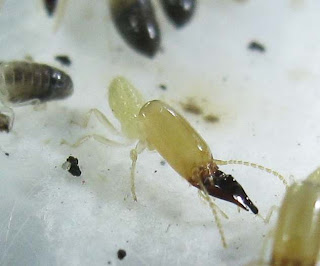
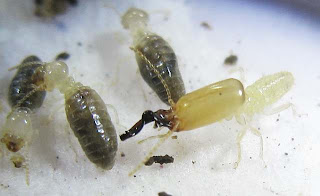

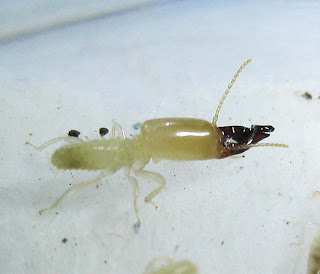

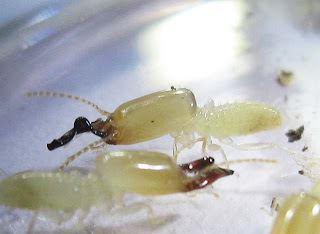

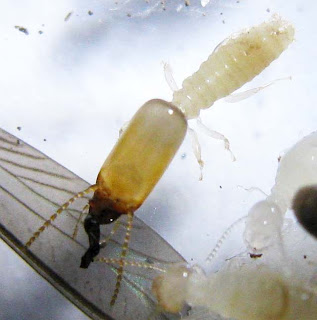

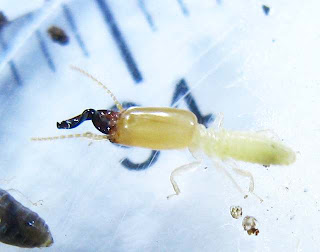

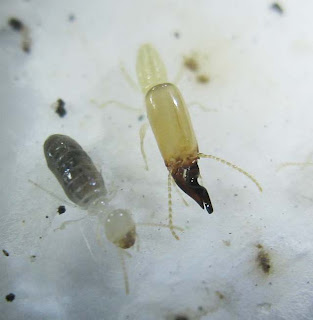
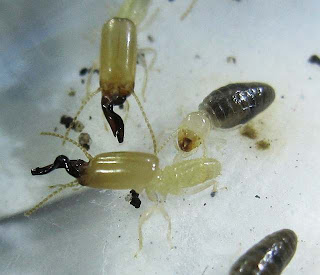
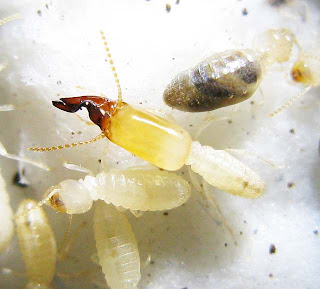
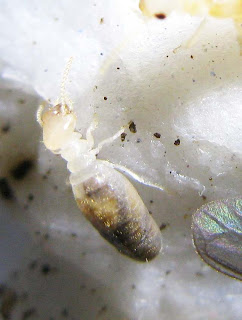

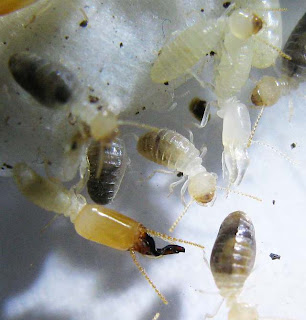
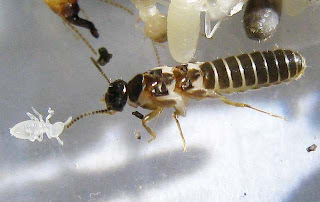
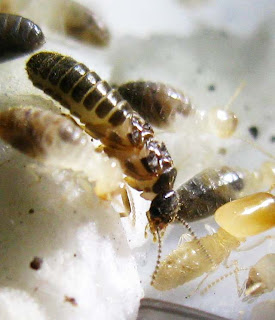

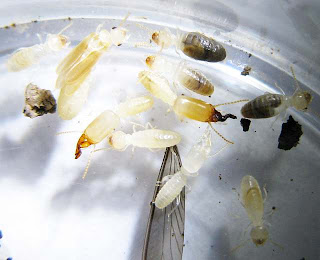
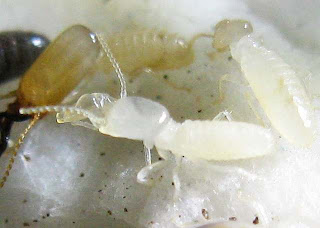

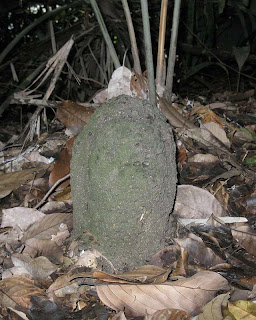
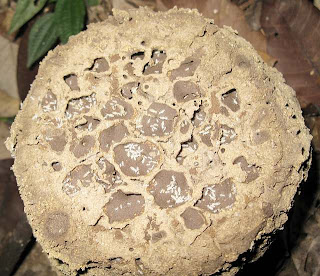
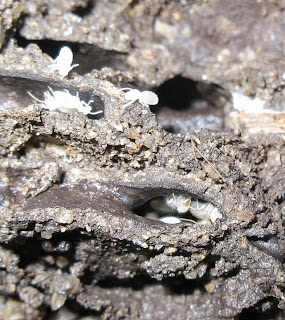
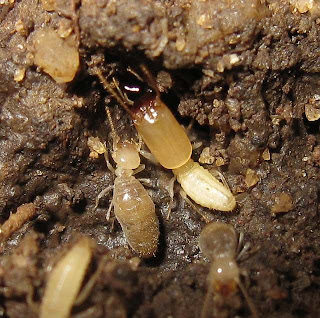






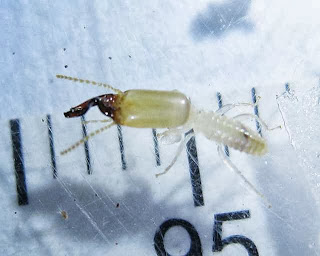


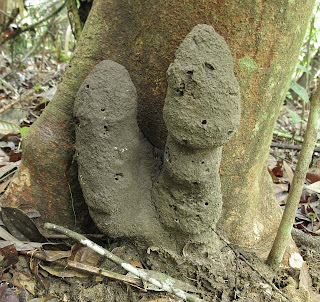
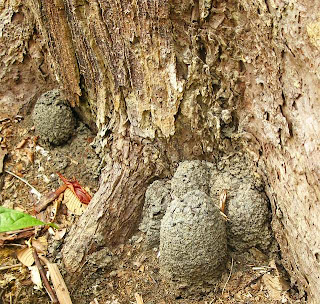
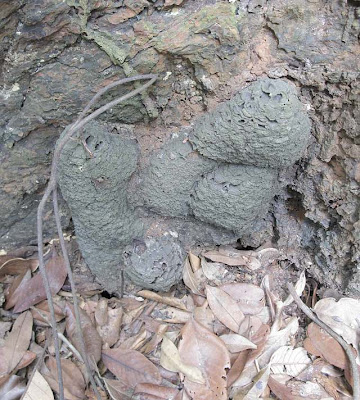












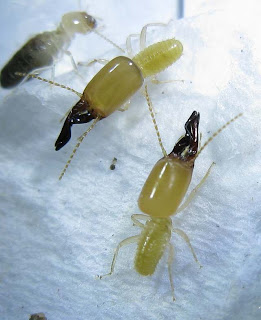
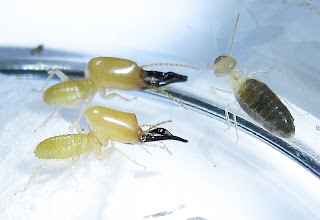

No comments:
Post a Comment
Sorry Guys, Google Chrome or Blogger bugs prevent me from replying to comments again. It keeps telling me to sign in (even though I am always sign in) but when I click to sign in, it tells me "Unable to sign in check Google profile'. So sorry I can't reply to your comments.
Alternatively you can sent me an email if you are in need of answers.
Note: Only a member of this blog may post a comment.